Battered by an average of 20 typhoons a year, Filipino communities need to stay constantly prepared. Relief International provides training to local communities and governments to reduce risks during these natural disasters. Our projects help local communities to map out potential hazards, become knowledgeable about emergency evacuation drills and procedures, and be equipped with physical search and rescue material.
Photo Gallery
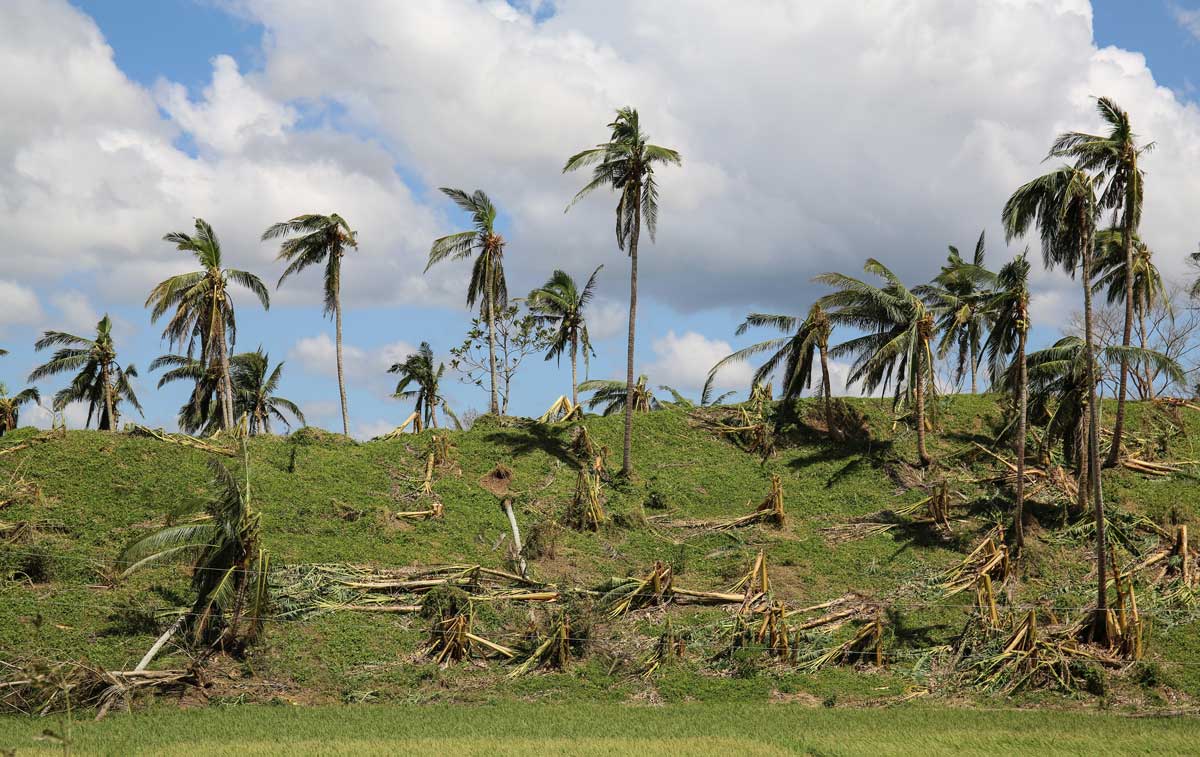
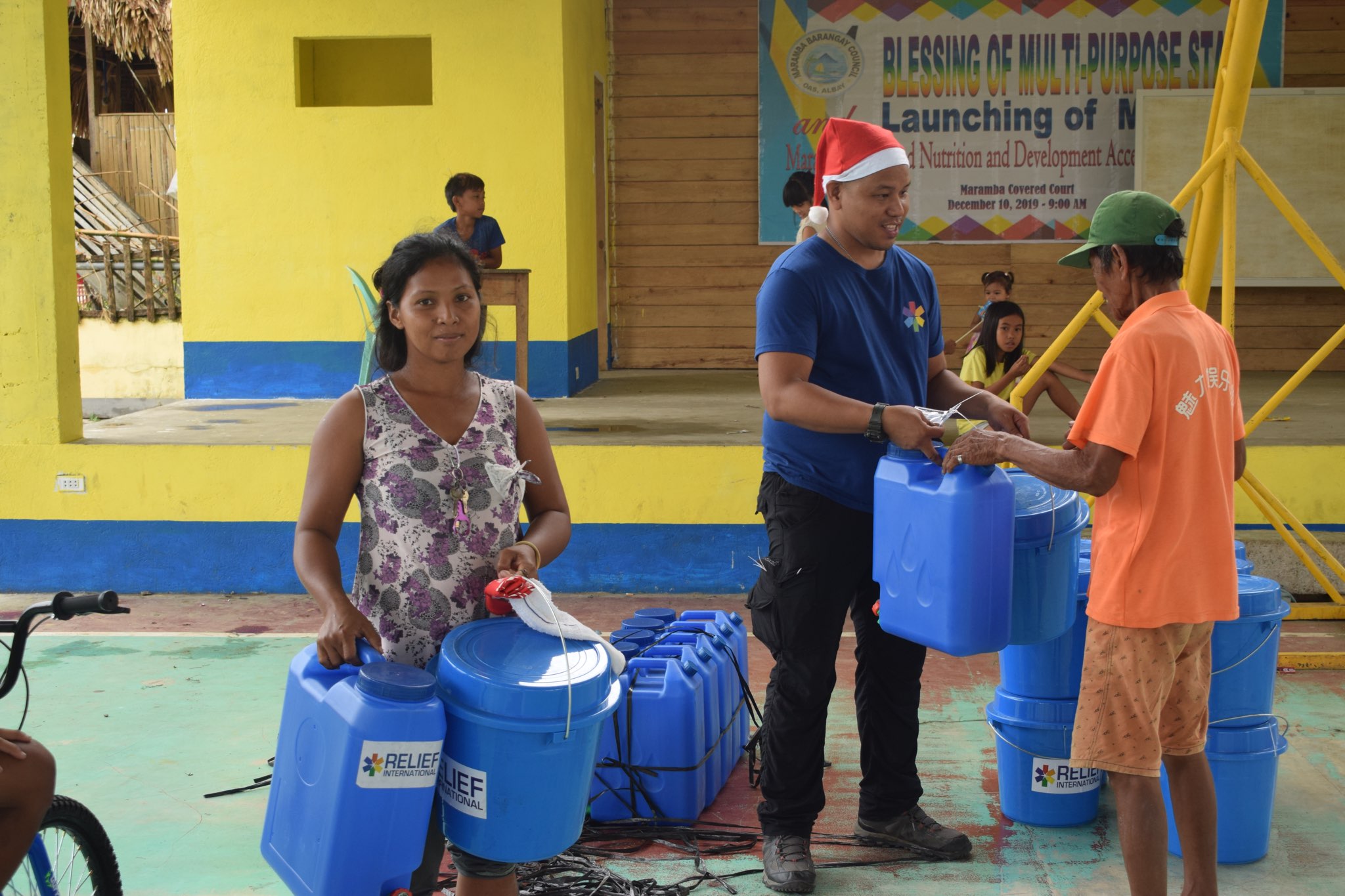
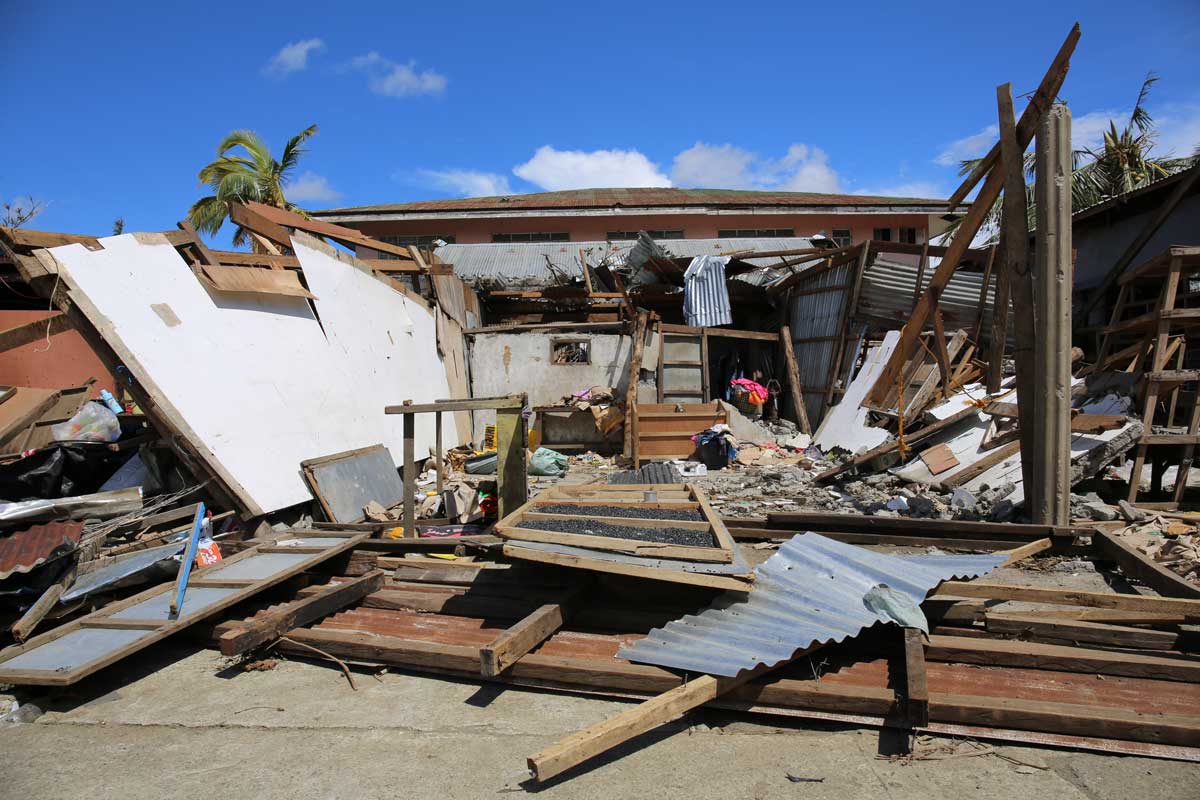
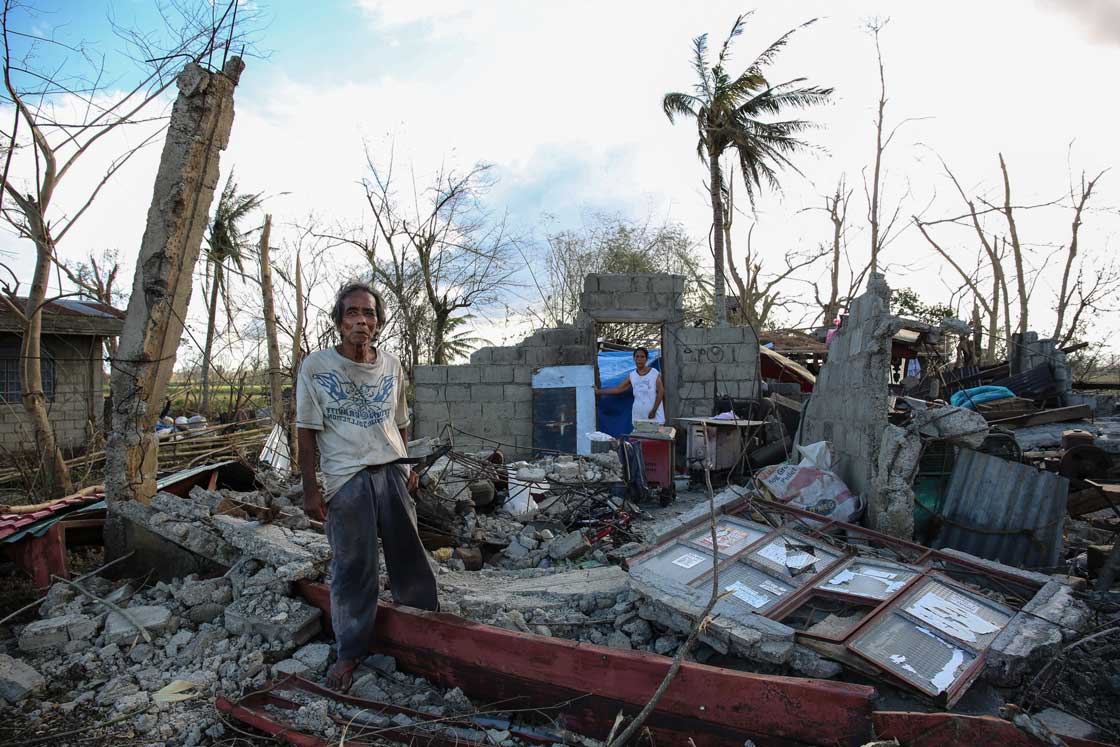
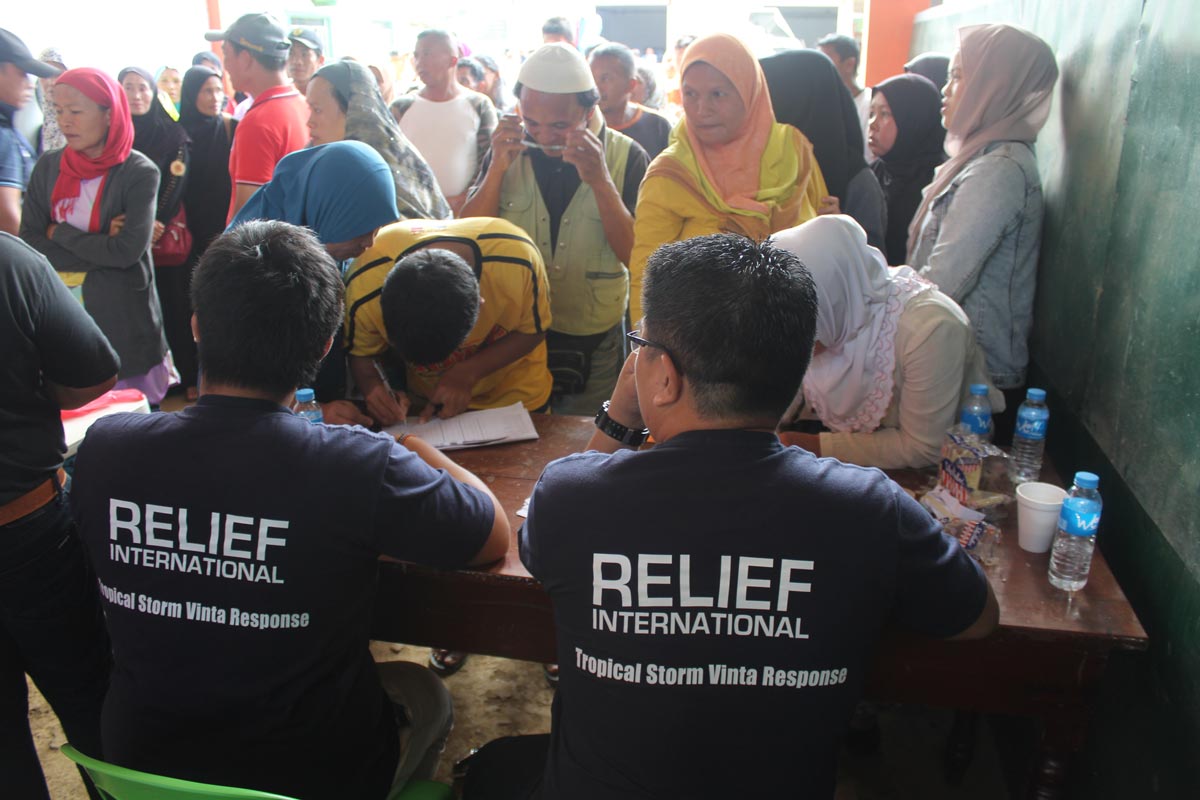
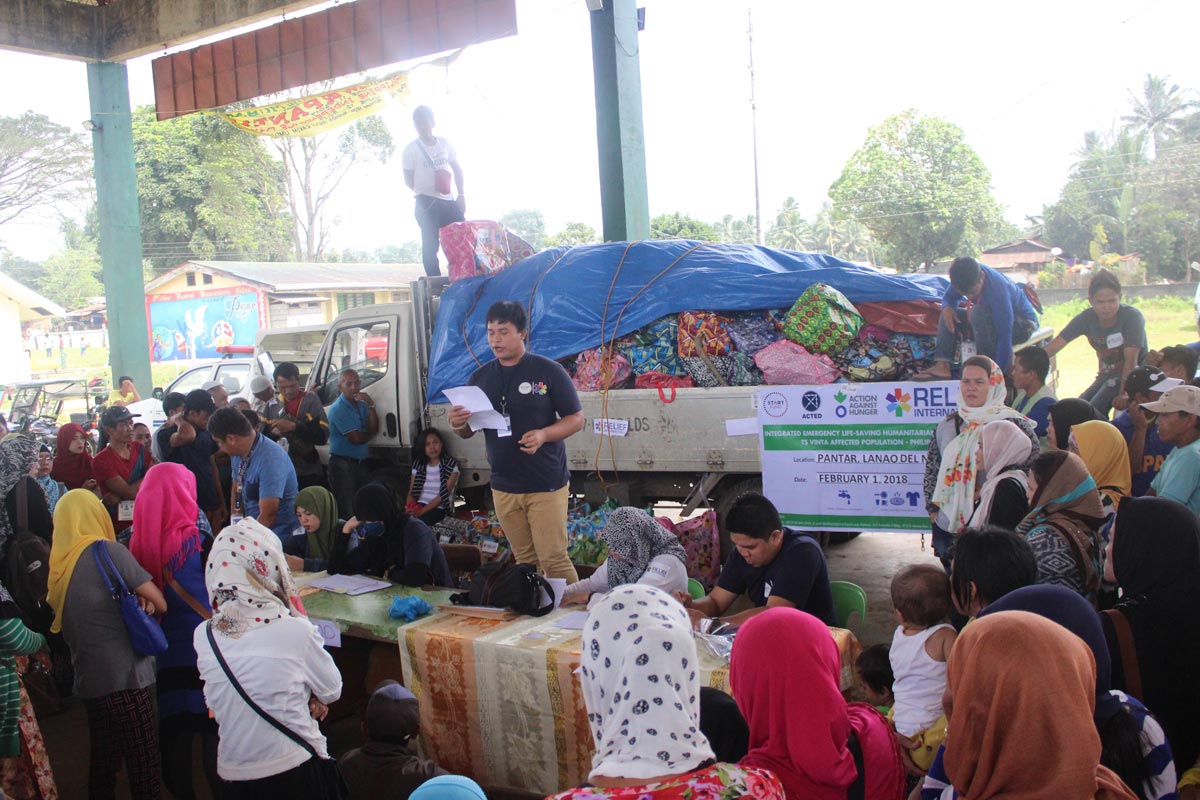
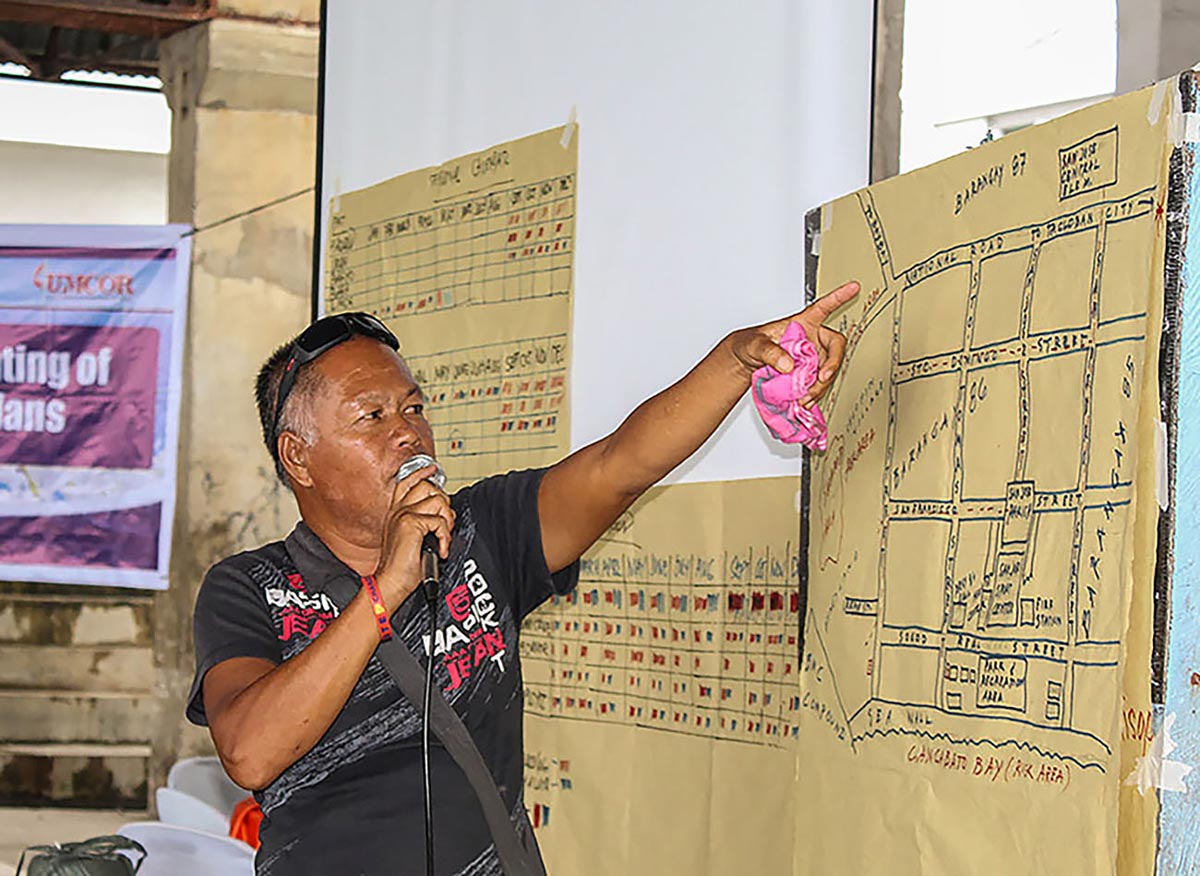
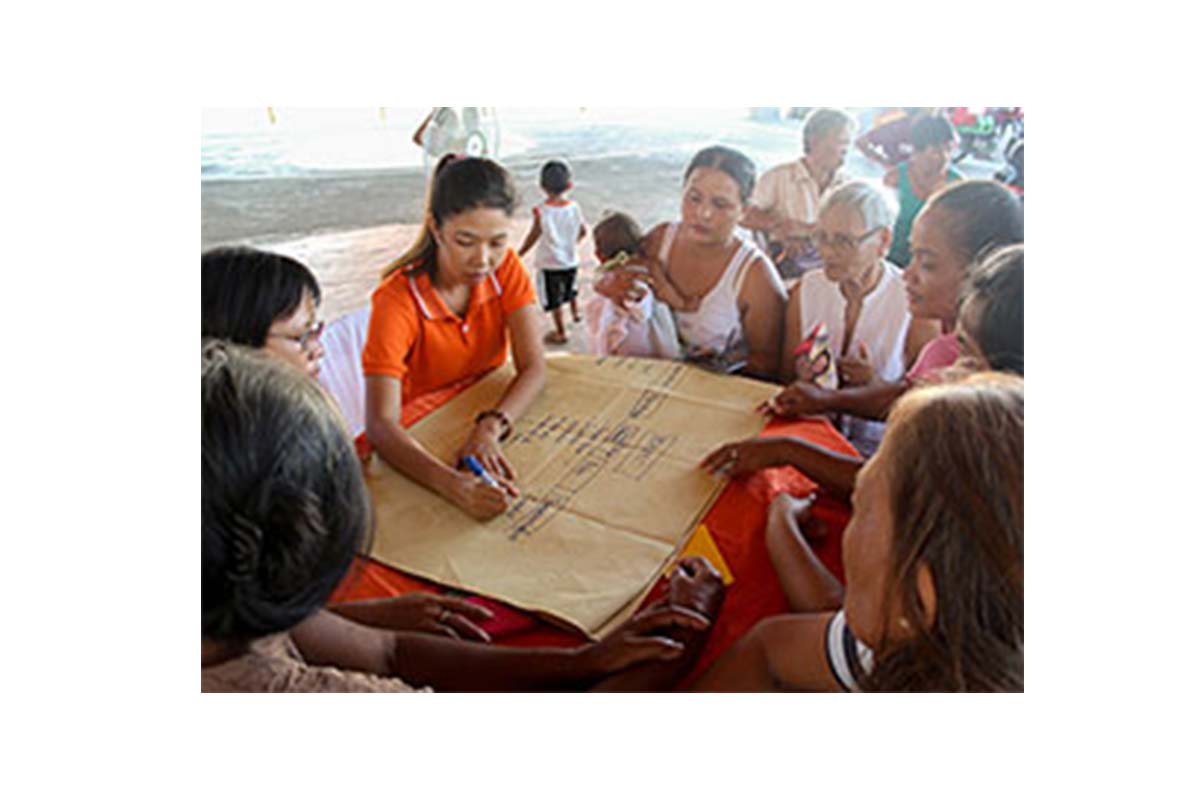
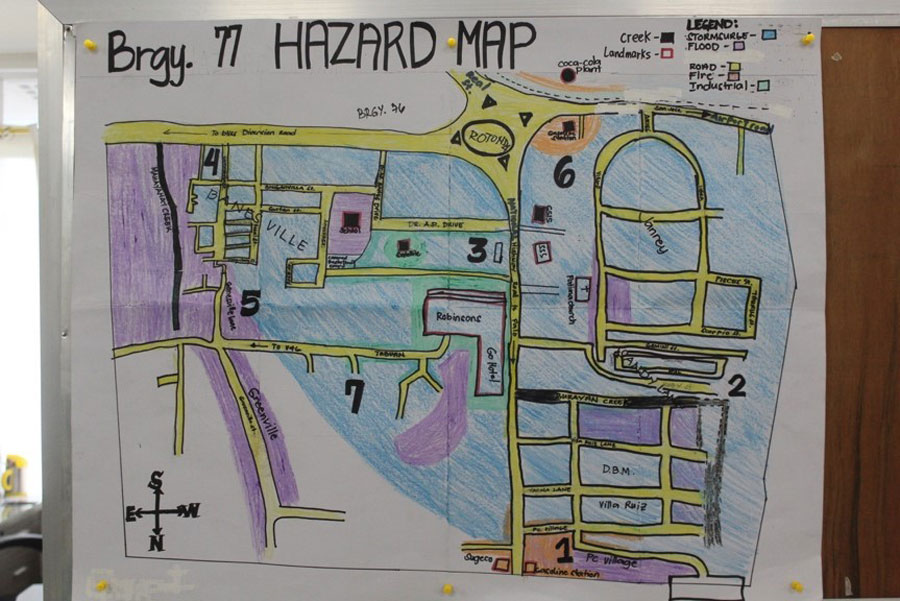
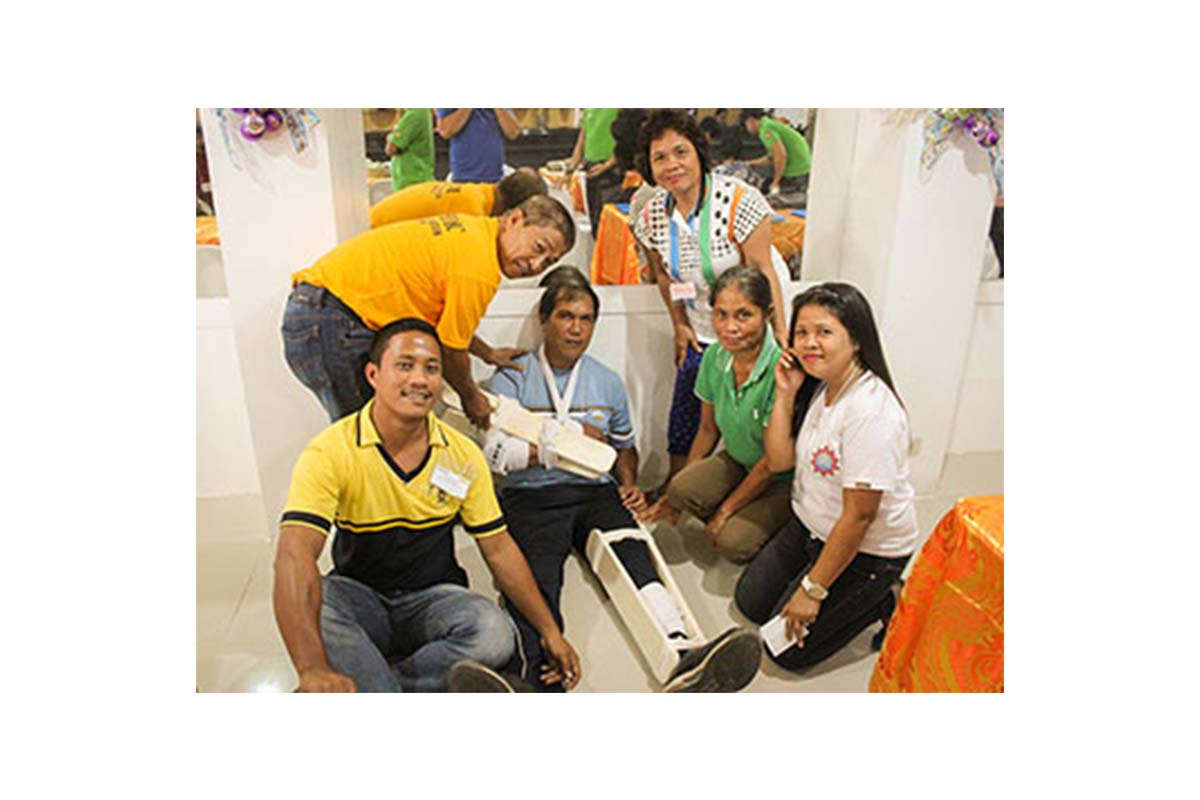
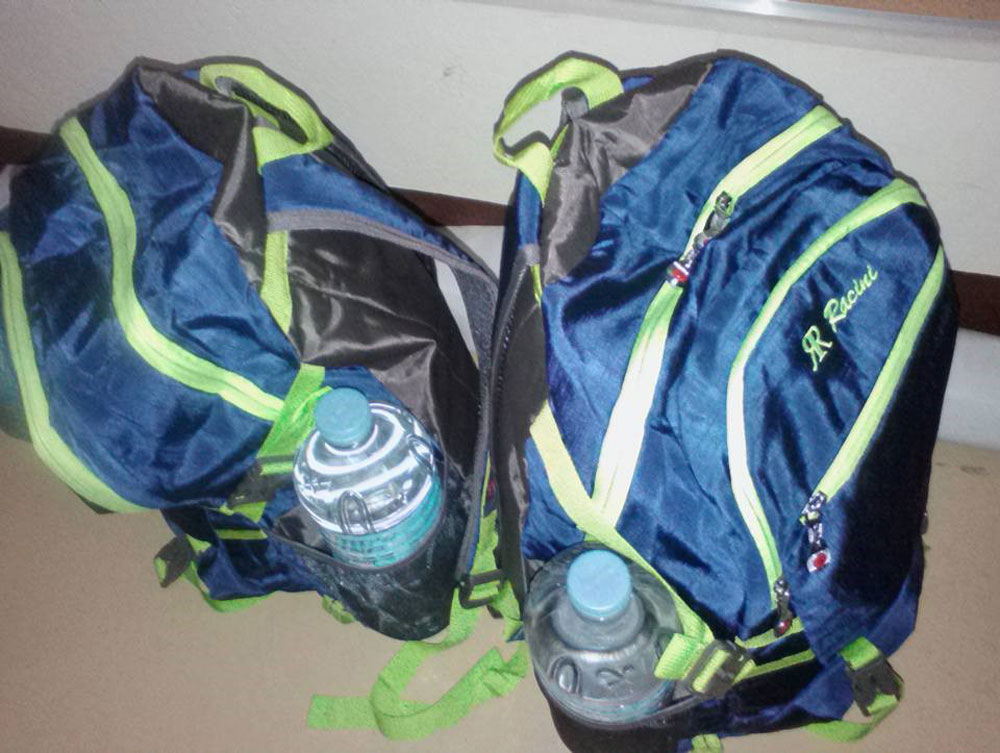
In addition to delivering immediate emergency aid, Relief International works with local communities and the government to help build resilience to future natural disasters and to reduce their risk of harm. In particular, we strengthen barangay and municipal level Disaster Risk Reduction Management Councils (DRRMCs) by training them in Disaster Risk Reduction.
We also distribute kit for search and rescue operations and train communities on how to prepare emergency kit for survival. These 'Go Bags' contain kit for survival for up to 72 hours. They contain essential items such as water, a whistle, a hygiene kit containing bathing soap, shampoo, toothpaste, tooth brush, sanitary napkins, a flashlight with extra battery, over the counter medicines such as for diarrhoea, headache, fever, and cough, first-aid kit, toilet paper, easy to cook food, a transistor radio, a mobile phone, extra clothes and personal documents.